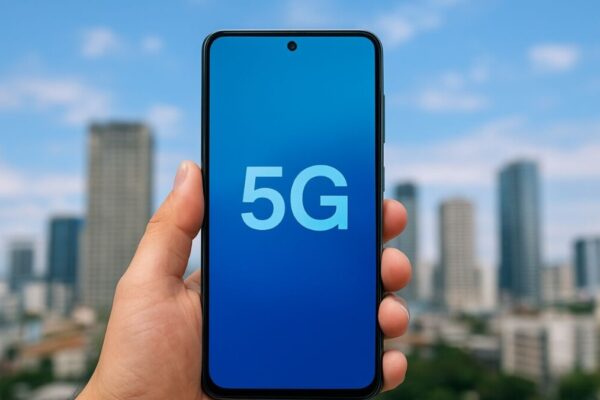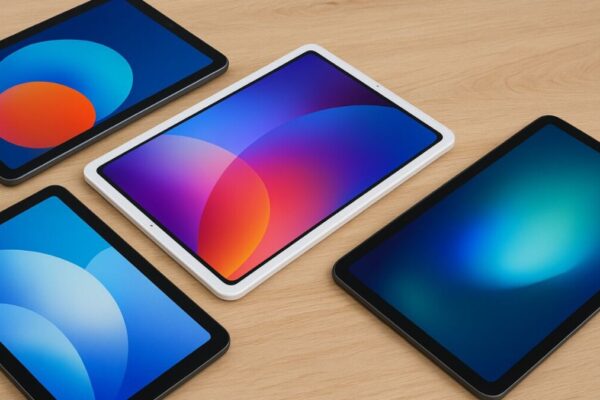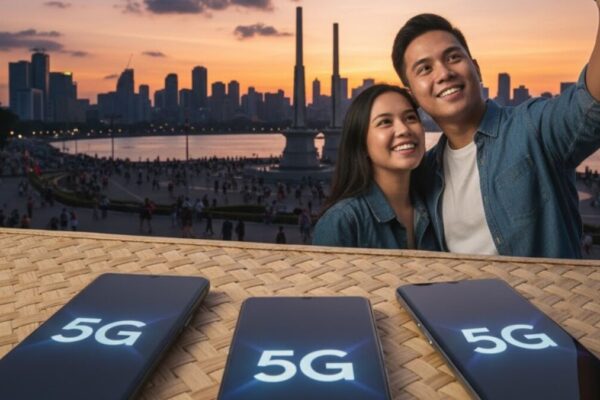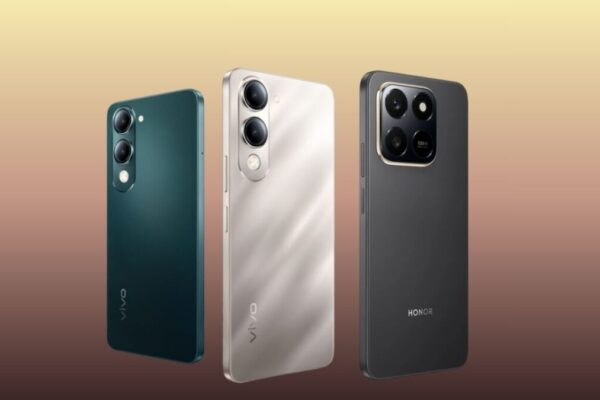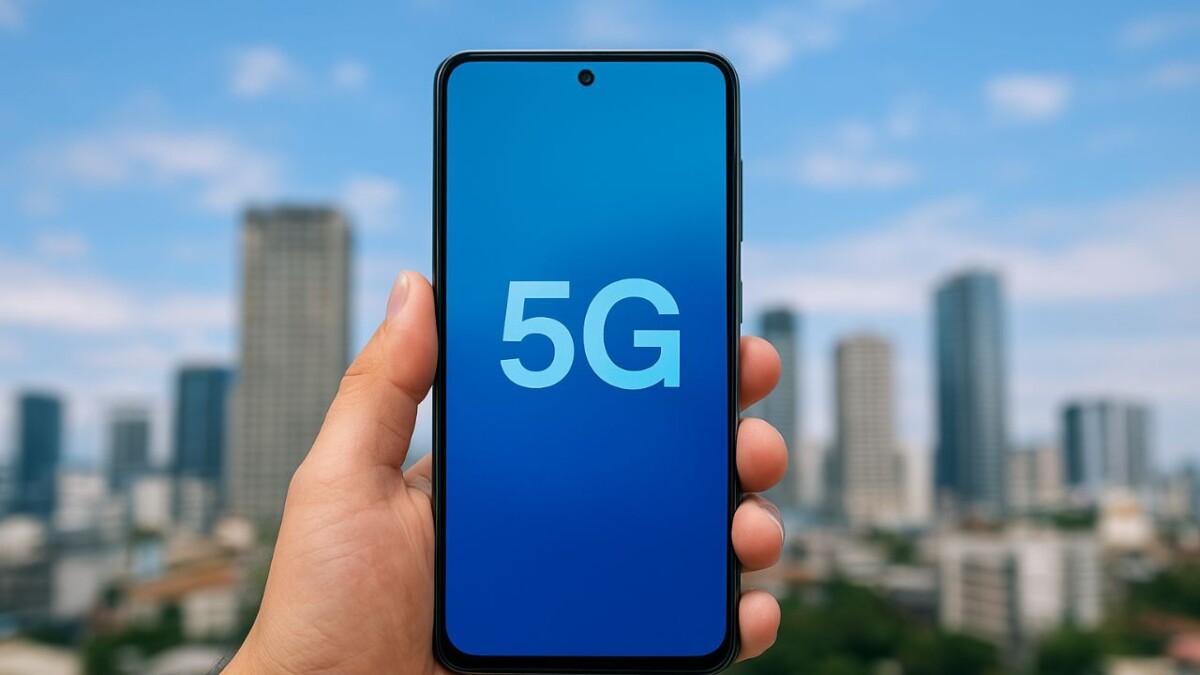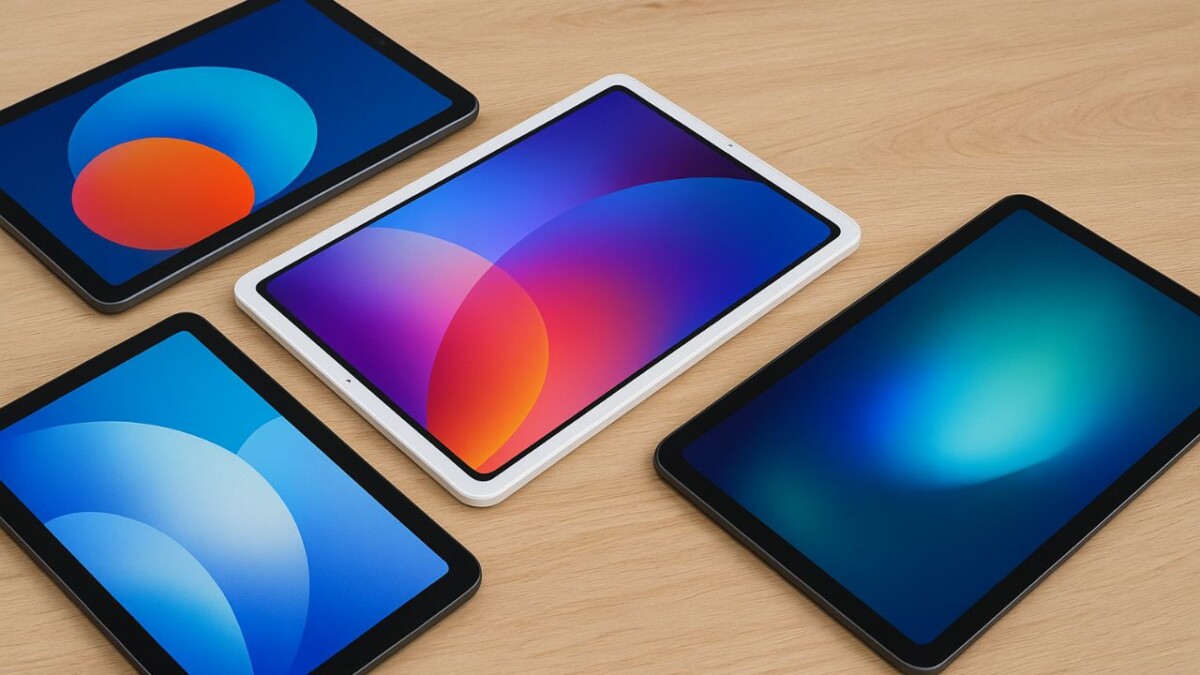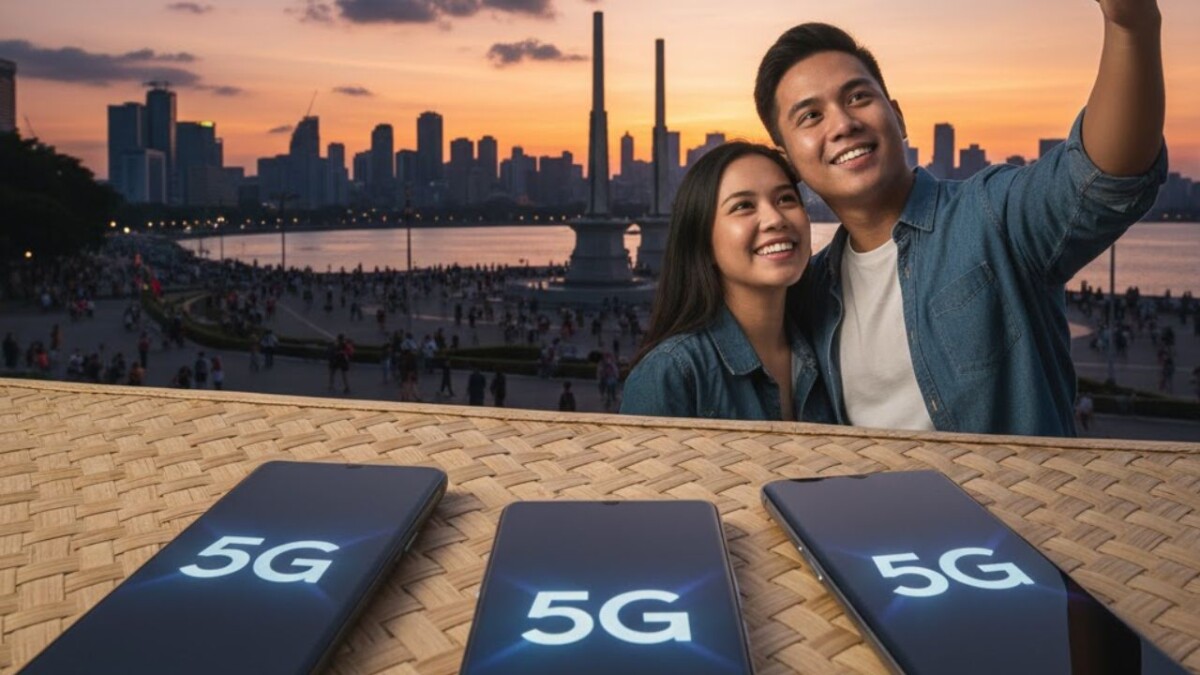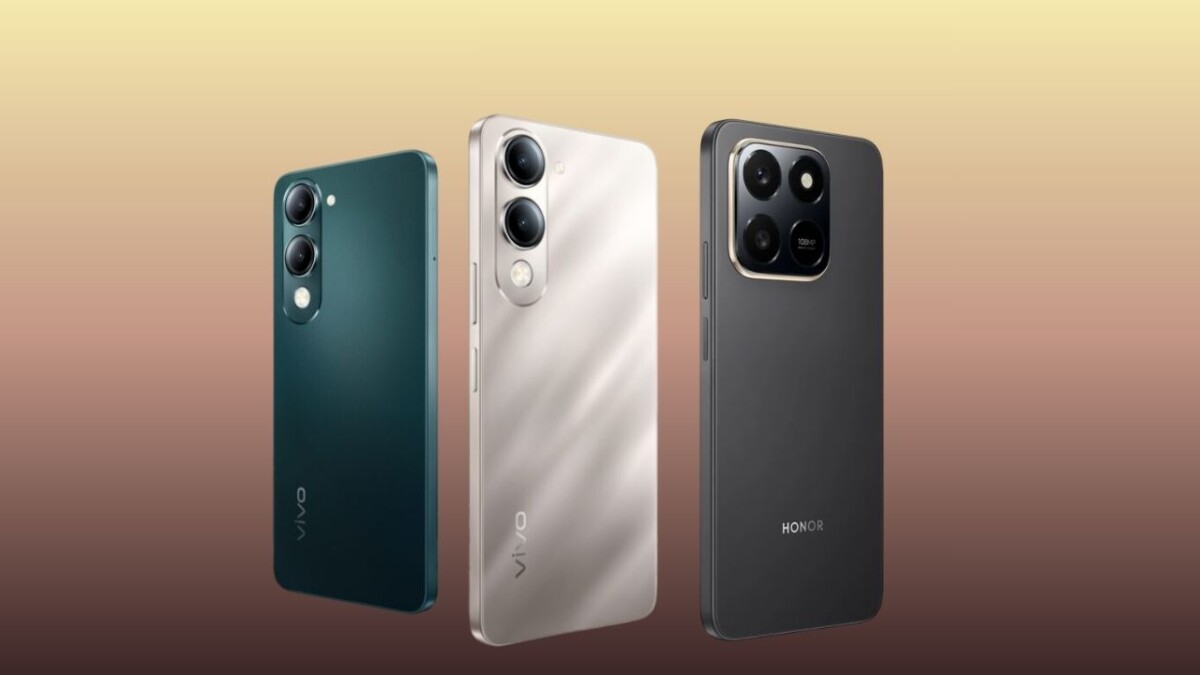In 2025, the promise of 5G smartphones is loud and clear: faster speeds, smoother streaming, more reliable connectivity. But for many Filipino buyers — including teachers juggling online classes, lesson prep, and mobile connectivity — the question remains: Is investing in a 5G smartphone really worth it now?
In this guide, we’ll dig into the current 5G landscape in the Philippines, the real-world value for typical users (especially educators), what to watch out for, and some phones worth considering. By the end you’ll be able to decide whether to go 5G now — or wait a little longer and invest differently.
1. What is 5G — and why should you care?
5G is the fifth-generation mobile network technology. Compared to 4G LTE, the big advantages are:
- Much higher speeds, enabling faster downloads, smoother video streams, better mobile hotspot performance.
- Lower latency, meaning less lag for live teaching, gaming, or real-time applications.
- Greater network capacity, which helps in crowded areas (schools, offices, public transport) when many devices are connected.
Globally, 5G is being pitched as a key enabler for education, remote-work, IoT, and more immersive mobile experiences. (ericsson.com)
For a teacher in the Philippines, this can mean smoother video calls, less buffering when streaming lessons, faster uploads of large files, and better hotspot performance for mobile-teaching scenarios.
2. What’s the 5G coverage situation in the Philippines?
Coverage has improved significantly — but there are still nuances. Here’s a snapshot:
- According to Globe Telecom (a major Philippine carrier), as of Q1 2025 they have 5G coverage in 98.71 % of Metro Manila and 97.97 % of key cities in Visayas & Mindanao. (Philippine News Agency)
- The country’s ranking for mobile network quality (including 5G/4G) improved — the Philippines rose 4 spots to 71st out of 138 in the second quarter of 2025 according to OpenSignal. (Philstar)
- However: coverage maps don’t always equate to consistent real-world experience. For example: “I have a 5G-capable phone … but in Dumaguete some spots are 5G coverage but still data is non-existent.” (Reddit)
So yes — in many urban/major areas 5G is available, but in rural, remote, or building-interior conditions the experience may still default to 4G or be spotty.
3. When a 5G smartphone makes sense (especially for teachers)
Here are scenarios where buying a 5G phone is likely a good investment:
- You’re located in a city or area where you have confirmed strong 5G signal (for example major metro zones).
- You perform data-intensive tasks: livestream teaching, uploading/download large files, using hotspot for class/lesson prep on the go.
- You plan to keep the phone for several years (so future-proofing matters).
- Your budget allows for the incremental cost of 5G over 4G — and you value the extra performance.
- Your mobile plan / SIM supports 5G and your local carrier has good 5G services in your area.
4. When you might not need 5G yet
Conversely, there are valid reasons to delay prioritising 5G, at least for now:
- You live or work in an area with weak or inconsistent 5G coverage, or you spend lots of time in building interiors, rural zones, or locations where 4G is still dominant.
- Your usage is mostly moderate (social media, email, light streaming) and you’re satisfied with current 4G performance.
- The 5G-capable models cost significantly more (or compromise on other specs) and you’d get more value by investing in battery life, camera, durability instead.
- You want to avoid battery drain or marginal gains — some users report that in weak 5G zones phones may switch back and forth between 4G/5G, which can degrade battery life. (Reddit)
5. What to check before buying a 5G smartphone in the Philippines
To get the most value, here are the specs and practical checks you should perform:
- Supported 5G bands: Ensure the phone supports the right 5G bands used by your local carrier. Imported models may lack compatibility.
- Variant / region edition: Make sure the model is officially supported in the Philippines (warranty, service centres).
- SIM & plan: Your carrier plan must support 5G, and your SIM must be compatible.
- Battery & thermal performance: If the phone is constantly climbing for signal or switching networks, it can affect battery life.
- After-sales service & updates: Especially important for educators relying on their phone for work — check brand’s update policy, local service network.
- Use-case fit: If you’re using the phone for teaching, consider features like front-camera quality, microphone, screen size, hotspot capability — not just “it’s 5G”.
6. Good 5G smartphone picks for the Philippines (2025)
Here are some 5G phones worth considering (across budgets) that are available in the Philippine market:
- Samsung Galaxy A56 5G: Balanced mid-range 5G option (~₱23,900), good brand, decent value.
- Xiaomi Redmi Note 14 5G: Budget 5G (~₱12,999) — strong value, good for teachers or budget-conscious buyers.
- Tecno Pova 7 5G: Ultra budget 5G (~₱7,999) — very cost-sensitive segment.
- vivo V40 Lite 5G: Super budget (~₱9,199) with 5G — interesting pick if budget is key.
- Realme 14 Pro+ 5G: Upper mid spec — for users who want higher performance.
Note: Price and availability may vary, check local stores/promos.
7. Key Takeaways & Recommendations for Filipino Buyers (especially educators)
- If you teach online, rely on mobile hotspot, or are mobile between classrooms/homes — a 5G phone can make a tangible difference in 2025.
- If your work demands large file uploads/downloads (lesson videos, remote teaching, mobile editing) then 5G is more justifiable.
- On the other hand, if you’re mostly using your phone for messaging, email, moderate streaming and your area has good 4G — you may get better value by choosing a strong 4G phone now and upgrade later.
- Budget wisely: If the 5G version of a phone is significantly more expensive but gives only marginal real-world benefit (in your area), you could redirect that extra budget into other specs (battery, camera, accessories).
- Always check your area’s real 5G performance (not just “coverage map”), and ask yourself: “Will I use the 5G performance often enough to pay the extra cost?”
- Future-proofing matters: If you plan to keep your phone 3-4 years, buying 5G now could save you from upgrading too soon.
Verdict: Yes — 5G smartphones are increasingly worth it in the Philippines in 2025, but they’re not a must for everyone yet. It depends on your location, usage, and budget. Choose smart.
In the evolving tech landscape of the Philippines, 5G smartphones are becoming more accessible, networks are expanding, and use-cases are growing. For teachers and lifestyle tech users, the move to 5G can unlock better mobile performance, smoother remote teaching, and greater flexibility. However — if your environment, usage, or budget don’t align yet, a capable 4G phone remains a solid choice.
Accessibility, practicality and value should drive your decision. Use this guide as a decision-making tool: assess your location, needs, budget — and then decide whether now is the time for 5G, or if waiting while investing in other features makes more sense.
Disclaimer: Images used in this article are for illustrative purposes only. All photos belong to their respective owners. If you are the copyright holder of any image and wish to request removal or credit update, please contact us.

